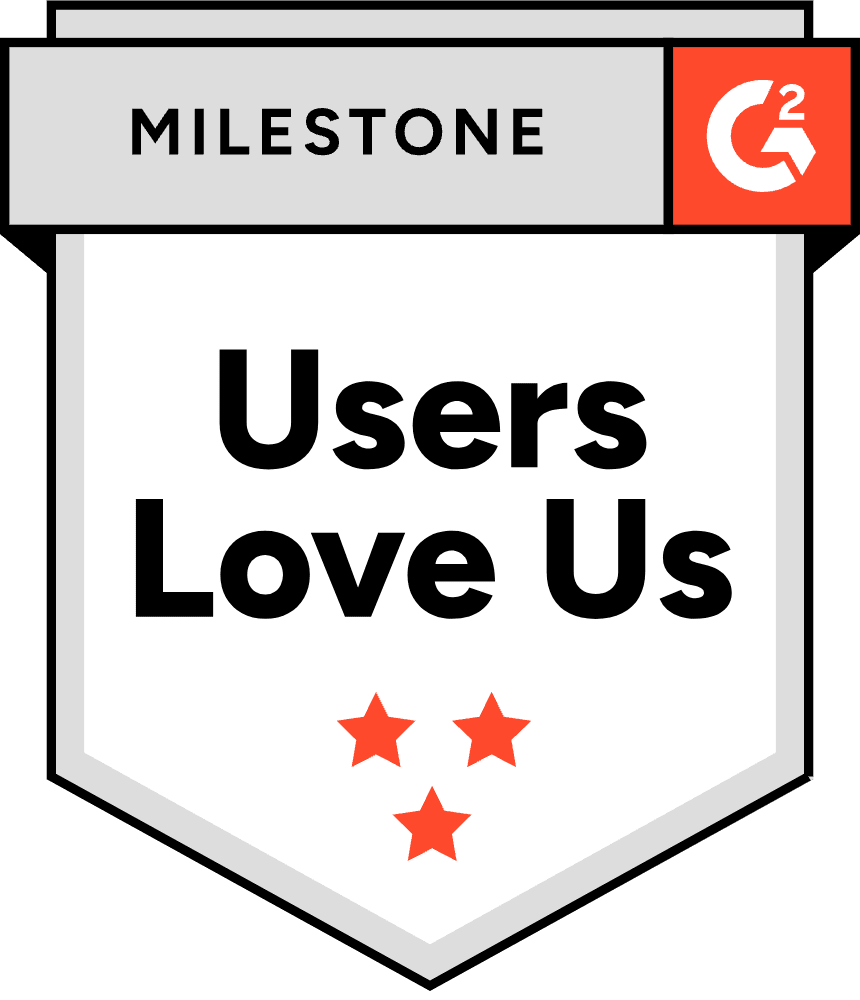Introduction
What is non-human identity management? Non-human identities—such as API keys, certificates, and service accounts—are essential for machine-to-machine communication and automation across modern IT environments. But with the growth of cloud transformation and AI, managing these identities has become increasingly complex and critical for security. Non-Human Identity Management (NHIM) offers a structured approach to securing and governing these identities, mitigating risks, and ensuring operational efficiency.
This glossary breaks down key concepts and terms around NHIM, helping you understand what it is, why it matters, and the essential components of an effective platform.
What is Non-Human Identity Management (NHIM)?
Non-Human Identity Management refers to the practice of detecting, managing, and securing identities that belong to non-human entities, such as:
- Applications
- Containers
- Microservices
- Devices
- Automation scripts and RPAs
These entities rely on secrets—like API keys, certificates, and encryption keys—for authentication and secure communication. NHIM ensures these identities remain secure throughout their lifecycle, preventing unauthorized access and reducing vulnerabilities.
How Does NHIM Relate to Machine Identity Management?
Non-human identities and machine identities are often used interchangeably. While vendors may position them differently, both terms address the same challenge: securing credentials and identities for machines (applications, devices, containers, etc.).
Core Focus: Whether called machine identity management or NHIM, the goal remains managing the lifecycle of these identities and associated secrets.
Why is Non-Human Identity Management Important?
- Attack Surface Expansion: The exponential rise in non-human identities creates a larger attack surface for cybercriminals to exploit.
- Leading Cause of Breaches: Compromised secrets and non-human identities are a primary cause of security incidents today.
- Operational Complexity: Secrets sprawl, distributed cloud environments, and siloed tools make NHIM challenging to manage without a unified solution.
An effective NHIM strategy helps enterprises:
- Detect hidden vulnerabilities.
- Streamline identity management.
- Enforce secure access controls.
Key Capabilities of a Non-Human Identity Management Platform
A robust NHIM platform should address three core capabilities:
1. Detection of Identities and Secrets
Modern IT environments are complex, with secrets stored across multiple vaults and environments. Detection capabilities must provide:
- Visibility into all non-human identities and secrets.
- Contextual Insights on usage, relationships, and permissions.
- Risk Prioritization to focus on high-priority vulnerabilities.
2. Management and Protection
Secure management and lifecycle control of secrets are critical. NHIM platforms should support:
- Secrets Management: Secure issuance, storage, and rotation of credentials, certificates, and keys.
- Certificate Lifecycle Management (CLM): Automated issuance and renewal of certificates.
- Encryption Key Management: Centralized safeguarding of encryption keys to meet security and compliance needs.
3. Granular Secure Access
Access control must enforce least-privilege principles for non-human entities. Key elements include:
- Identity-Based Policies to restrict access based on roles and permissions.
- Automation-Friendly Secure Access: Critical for DevOps pipelines and CI/CD workflows.
Benefits of a Unified NHIM Platform
By unifying detection, management, and secure access into a single platform, organizations gain:
- Improved Visibility: Comprehensive oversight of all non-human identities.
- Enhanced Efficiency: Cloud-native scalability and simplified management via a single pane of glass.
- Proactive Security: Reduced attack surface with ephemeral secrets, automated rotation, and adherence to least-privileged access.
- Lower TCO: Eliminates the need for multiple tools, improving cost-efficiency and streamlining operations.
Conclusion
Non-Human Identity Management is no longer optional—it’s a necessity. Enterprises must adopt a unified strategy to govern, secure, and automate the lifecycle of non-human identities and secrets. By doing so, organizations can mitigate risks, close security gaps, and achieve operational resilience in today’s complex, multi-cloud environments.












